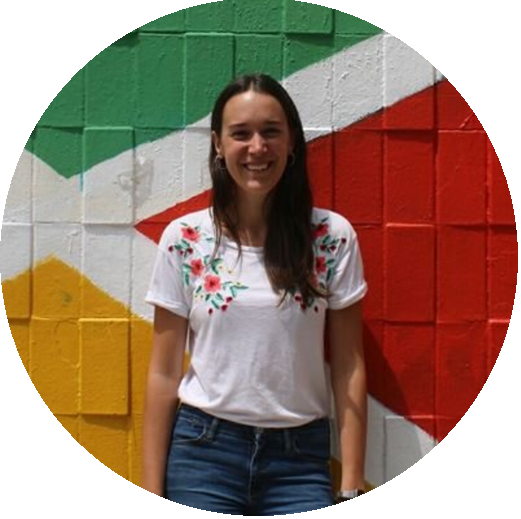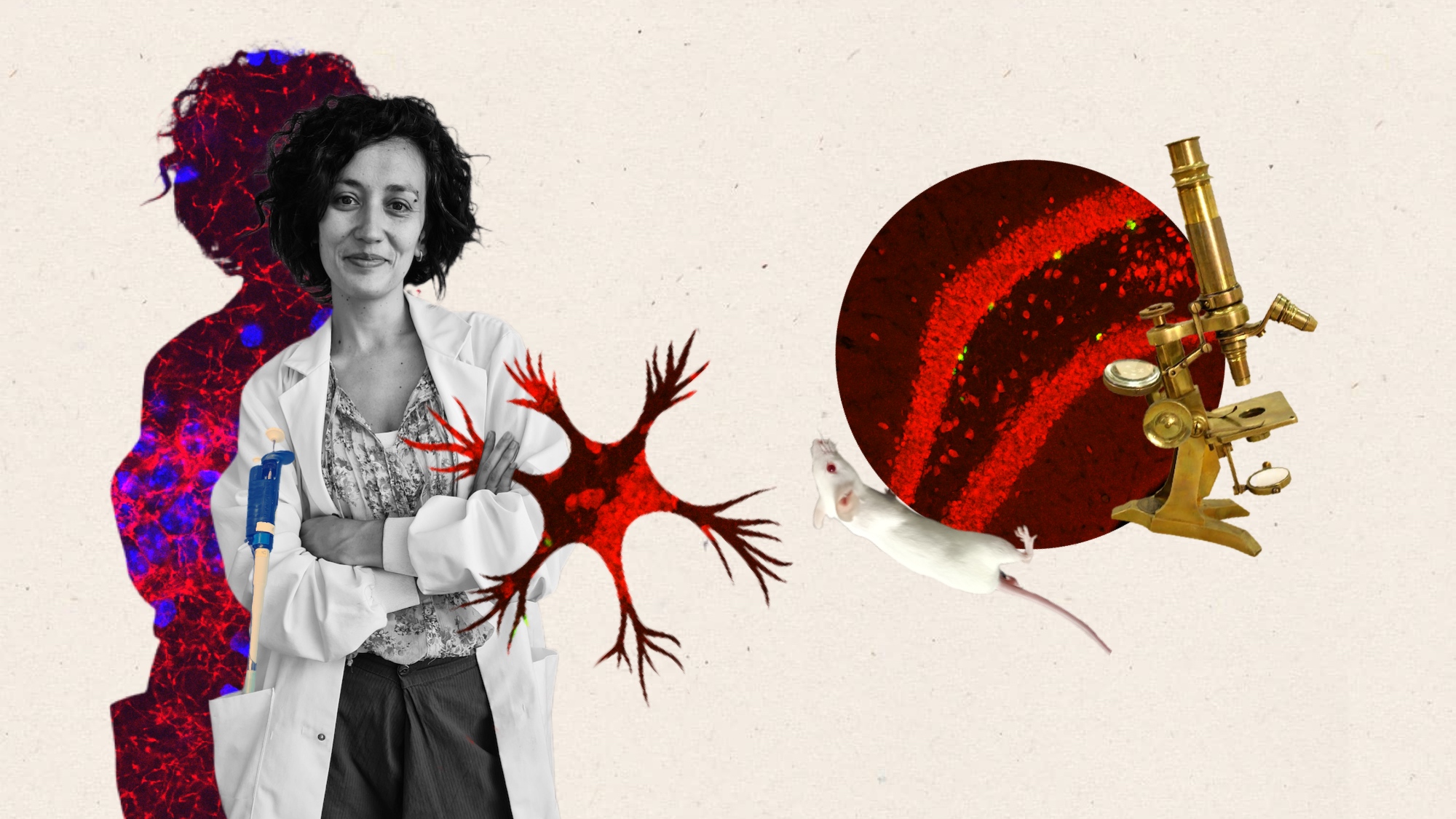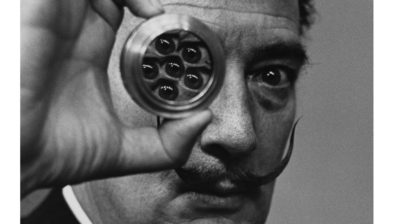Ana Martín Sánchez (Valencia, 1986), is a postdoctoral researcher in the Behavioral Neurobiology research group (GReNeC-NeuroBio) at the Department of Experimental and Health Sciences, Pompeu Fabra University (DCEXS-UPF) and the Hospital del Mar Medical Research Institute (IMIM). Last year, Ana recieved a grant from the State Research Agency and the DCEXS-María de Maeztu postdoctoral program. Now, she is trying to establish her own research line. She wants to investigate, in mice, effective treatments to reduce certain behaviors derived from postpartum depression, such as social interaction or alcohol consumption, as well as the neurobiological bases that underlie them.
Ana knows she is doing basic research, but she has her sights set on future applications. “Even doing basic research, the ultimate idea is to be able to apply it to humans. That is why I have chosen drugs suitable for human use”, explains.
At the moment, her research project is giving the first results. “Seeing that your ideas have a fundament and that the results are coming out as you expected, reinforces you and at the same time relieves you”, confesses. But like any other project manager, Ana has already had to adjust her plans to daily obstacles. “Due to problems derived from Brexit, one of the drugs was stopped at the border. We will have to wait to resume the experiments in September ”, she says resigned.
But in the end, this is also what science is about. To adapt, to correct, to redraw the route to reach the goal. Now she aims to publish a scientific article with the results of her project and sign it as the last author. A first step to, little by little, pave the way and be able to establish her own research group.
Would you like to know her a little better?
Is a scientist born or made?
Born.
What is your field of study?
The neurobiology of postpartum depression and alcohol consume in the mouse model.
What sparked your interest in science?
I loved the series “Once upon a time the human body”, especially the part of the nervous system. This made me wonder how the brain could work.
What kind of student were you?
I was a very tenacious, hard-working and organized student.
What would you have been if you had not dedicated yourself to science?
Neurologist or pediatrician.
If you could travel in time, what would you choose: past or future?
I would like to travel to the time when the cure for Alzheimer‘s disease will be discovered in the future, hopefully not too far away.
How do you think your classmates would describe you?
Cooperative, responsible and pro-active.
What would you like to add to the sentence: it has finally been solved …?
Today, I would love to hear that “the coronavirus pandemic has finally been resolved.”
What preconceived idea about scientists do you think is true and which is false and why?
A preconceived and sometimes true idea about scientists is that we may not know how to convey to the general population the relevance of our research. Something totally false is that scientists are weirdos.
The best advice you’ve ever been given.
Do what you really like!
What is your favorite quote?
It is not a quote but a song by Coldplay, which appears in my thesis, and that I remember almost every day of my life: ‘Nobody said it was easy’.
Who is your favorite scientist and why?
Rita Levi-Montalcini, a neuroscientist of great relevance and who obtained the Nobel in Medicine and Physiology in 1986. She fought to be a scientist in the 1940s, in the middle of World War II and is a benchmark for all female neuroscientists.
Would you recommend us a book?
“The invisible woman”, by Caroline Criado Pérez.
A musical group?
Vetusta Morla.
An artist?
Paula Bonet.
A film or documentary?
Pulp fiction.
A Twitter or Facebook account to follow?
On Twitter: Carmen Agustin, and on Facebook, the page #talentgirlslist.
And finally, a digital communication medium?
The science section of the New York Times.
Thank you very much Ana and good luck with your research!







